Get to Know Smith Lake
The rundown on the playing field for stop No. 5 of the FLW Tour
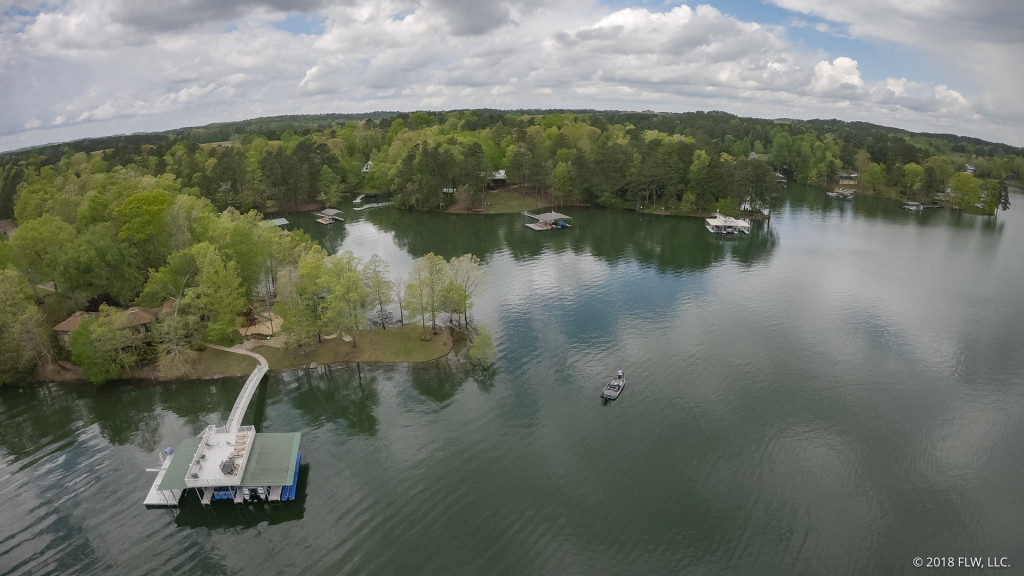
The FLW Tour heads to Lewis Smith Lake (commonly known as Smith Lake) for the fifth stop of the 2018 season, and, yet again, more than one species will have a say in the outcome. Long and winding, Smith Lake is deep and steep and has more than 500 miles of shoreline. It’s loaded with spotted bass and largemouths, and is a good fishery that can be challenging at times.
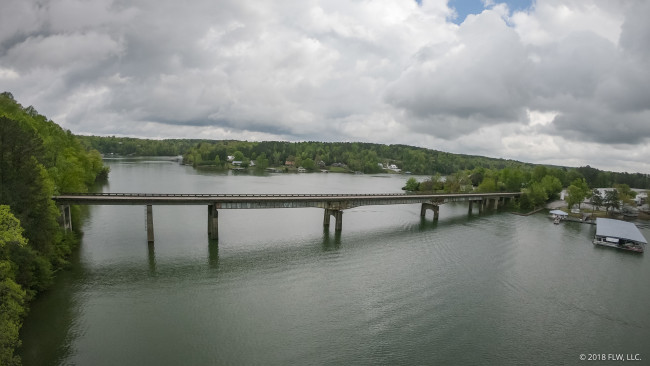
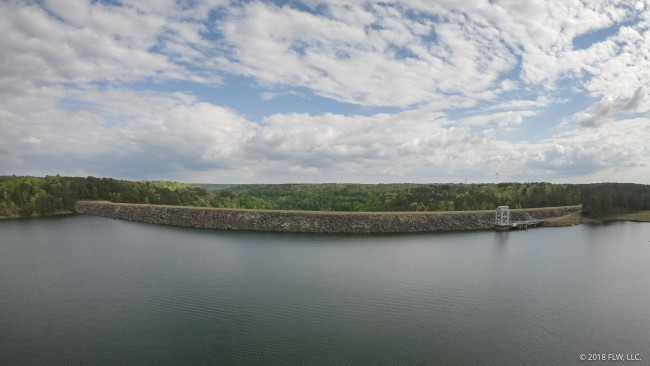
Lewis Smith Dam was built on the Sipsey Fork of the Black Warrior River, and the lake has three primary arms: the Sipsey to the west, Rock Creek down the middle and Ryan Creek on the east side. All of the arms have winning fish in them, but Ryan Creek has a reputation as the better creek for largemouths, as it is a bit flatter than the others. Zack Birge nearly won the Tour event in Ryan in 2015 with largemouths plucked from flooded bushes. Last fall in a B.A.S.S. Open on the lake, Caney Creek (off the Sipsey arm) produced like crazy, and though a lot of practice pressure has been on Ryan, the others shouldn’t be counted out.
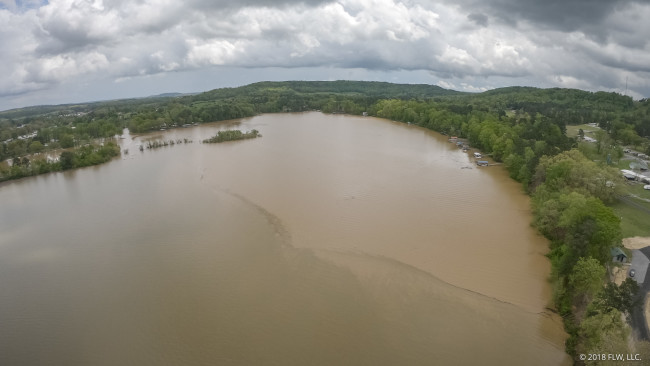
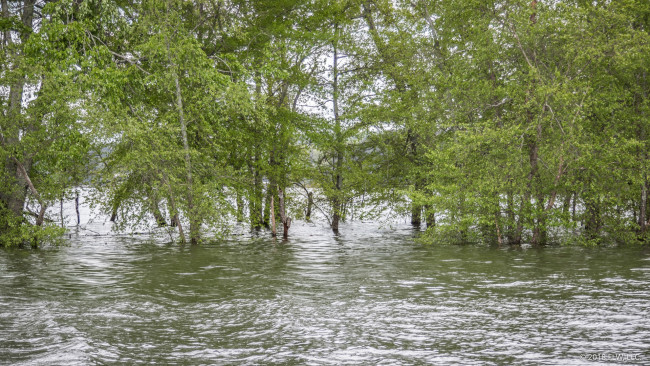
Typically known as a clear, rocky impoundment with a lot of fish to be caught deep, Smith isn’t exactly following the script this week. A big rain on day one of practice shot the water level up about 2 feet over full pool and has definitely changed the complexion of the lake.
Up in Ryan by Smith Lake Park, the creek is solid mud, but that’s not representative of the majority of the lake. Because Smith is so deep and clear, it eats up muddy water. Most of the lake is still quite clear, though there’s a noticeable stain in the upper reaches of the creeks that isn’t present when the lake is more stable. During the tournament, we expect the mud to continue to spread down the lake as the water drops, but the odds are long that it really affects more than the upper quarter or so of creeks.
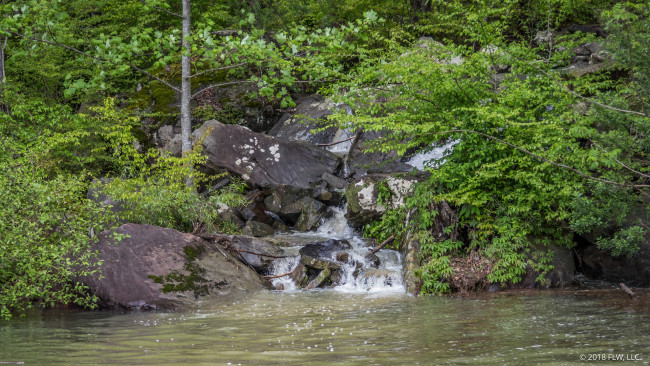
Back in the winter of 2016, Lewis Smith got up to 515 feet, which is about 5 feet above full pool. That type of fluctuation isn’t really unusual. What is unusual is multiple flood events stacked together, like was the case recently. On April 16, the lake peaked at about 513 feet, before dropping quickly to just a bit over full pool prior to day one of practice on Sunday. Heavy rains on Sunday caused the lake to rise to more than 514 feet, where it stands now.
The water can fall very quickly on Smith, so it wouldn’t be a surprise for the tournament to be fished closer to full pool than the flood conditions we saw in practice.
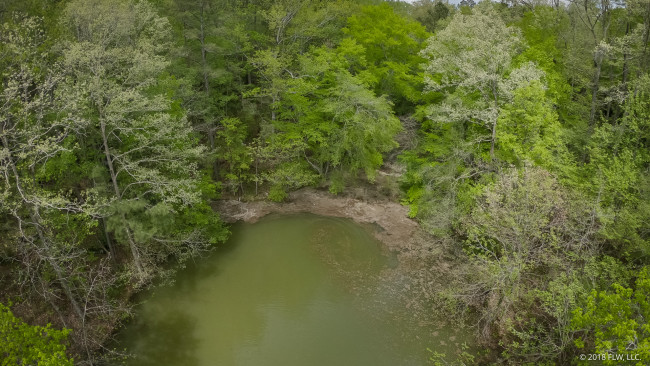
One of the effects of the high water is a lot more floating debris. Unlike the high-water event we saw recently at Lake Cumberland, where logs and other large obstacles created hazards for boaters, Smith is still extremely navigable, but there’s a lot more sawdust and the like in the backs and sides of pockets. It looks extremely flippable, and could be a good target for anglers unable to see spawning and cruising bass as well as they could when the water was low and clear.
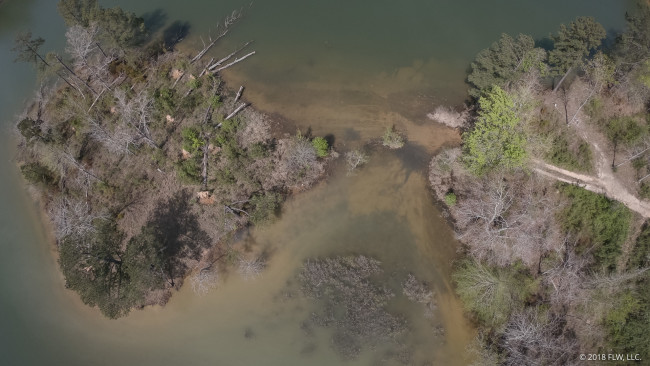
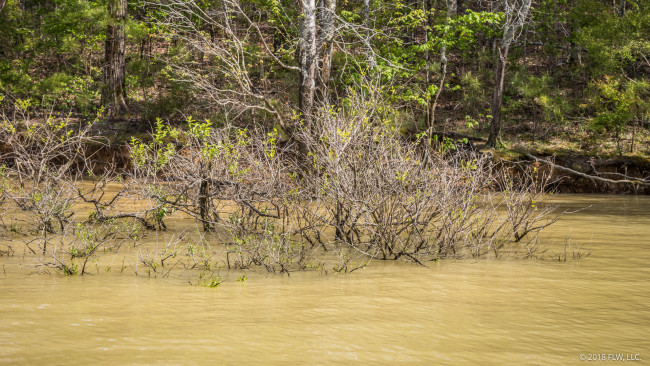
The bushes in Smith are always a good target. Even when the water is a little low in the spring, there’s still water in them, and plenty of largemouths and spots have been plucked from bushes. The photos above show the bushes in water that’s a little more than full pool. Now there is even more habitat available for bass.
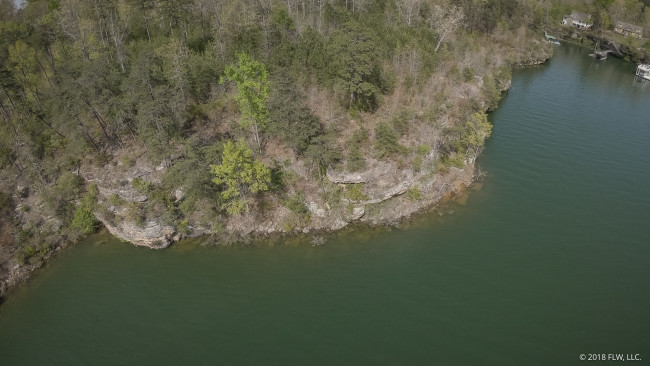

Smith might have plenty of wood cover now, but its calling card over the years has been docks and rocks. You can find a sheer bluff or a steep rock bank in almost any section of the lake, and spotted bass love to get in and around them. There’s also riprap and seawalls to bounce a bait off of. Basically, the only rock the lake lacks is swathes of gravel like you can find in the Ozarks.
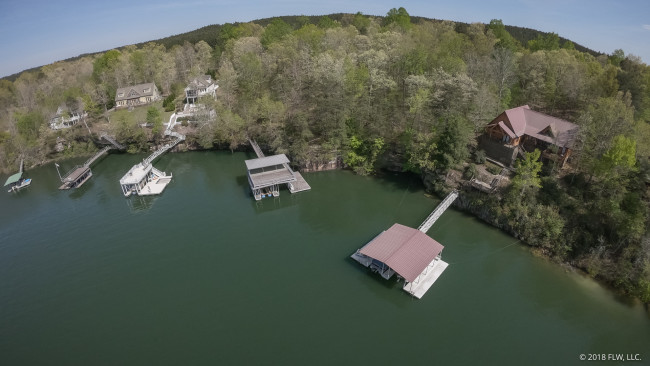
Historically, fishing docks has been a great way to win on Smith, and that might well be the case again this time. Due to the steepness of the lake, there are tons of docks with more than 40 feet of water under them, as well as the typical shallow docks. Picking up a wacky rig and going to town on docks has caught a pile of spotted bass in the prespawn, and it’s likely to do so again this week.
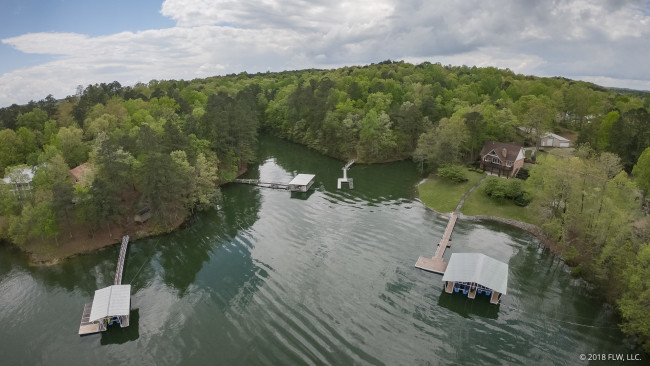
A lot of the largemouths in Smith spawn in the shallower pockets, while spotted bass will spawn on the main lake and in the steeper pockets. This week, actually catching bass off beds by sight-fishing is likely to be tough due to the fluctuating water and extra stain, but pockets could still be pretty productive. After all, they get plenty of traffic in the spring under normal conditions.
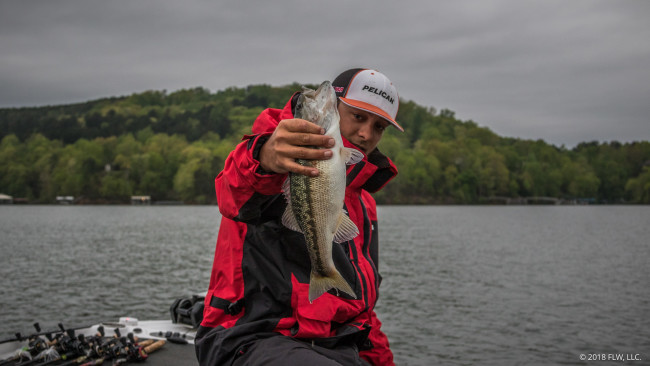
Smith is known for spotted bass, and they’ve been getting bigger and bigger since the introduction of blueback herring. Though Zack Birge nearly won with all largemouths in 2015, it’s likely that the eventual winner this time will have all or mostly spotted bass. Typically, one-day local events can be won with largemouths, but multi-day events require a heavy emphasis on spots. We’re unlikely to see spotted bass fishing quite as good as it was at Lanier, but Smith is still one of the premier spotted bass lakes in the East.
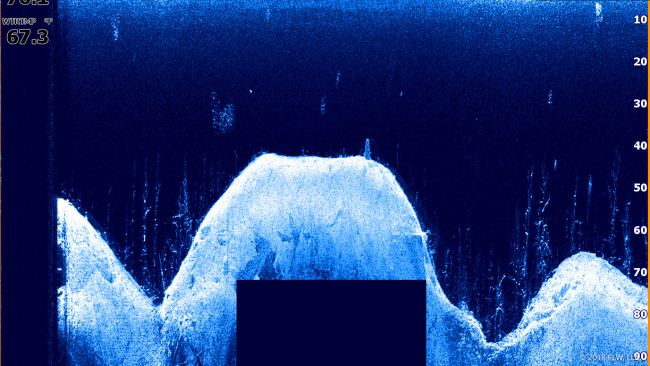
The timber in Smith is all very deep, topping out around 35 or 40 feet down, so it isn’t as big of a player as it can be on other lakes. It still provides good habitat.
Because of the timber and the blueback herring, the stripers and spots really aren’t tied to the bank. And even if bass aren’t directly relating to trees now, they’ve probably played a part in the vast improvement of the lake in recent years.
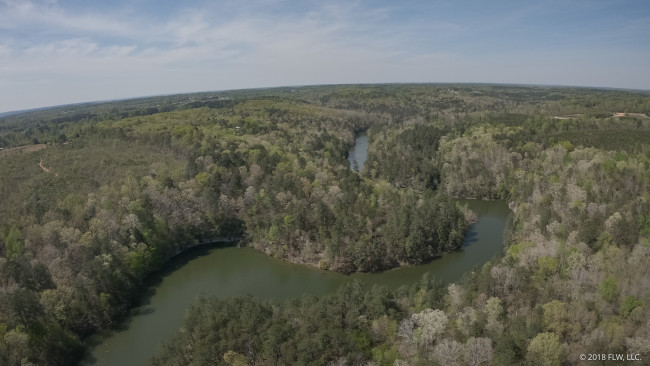
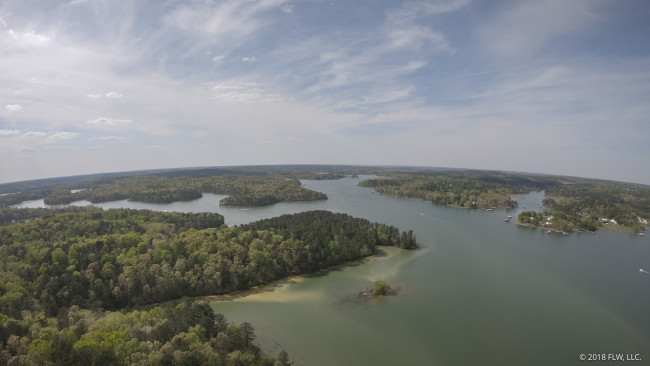
One challenge of Smith is actually getting around. Though it isn’t hard to actually navigate and it doesn’t get very rough, Smith sprawls in a way that forces a bit of running to get from creek to creek. Essentially, if you commit to going a ways up one of the main arms, you probably aren’t fishing much of the rest of the lake. There are creeks and arms that wind back almost like canyons, and it’s going to be easy for anglers to burn time moving if the backs of creeks are the targets. If pros are running more main-lake stuff, then it’s no biggie. Smith is large, but it’s no Kentucky Lake.

The final thing worth paying attention to this week is the stage of the bass being caught. Most of the spotted bass caught by pros in practice had already spawned, but because of how odd this spring has been, there’s an outside shot that someone discovers some prespawn fish. The stage of the shad spawn and the blueback herring spawn are also up for debate.
This is the time of year when baitfish spawns can really play, but they haven’t been reported as a factor yet. Given how green and springy it feels in northern Alabama now, it makes sense that spawning activity of some sort would figure into the event. Then again, spotted bass tend to spawn early, and practice reports make it sound like we’re in for a truly postspawn tournament.